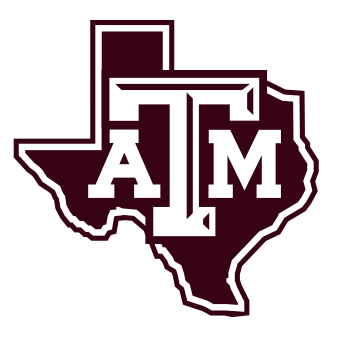If you were among those who were thinking that all the talk about ‘pay-for-play’ in college football would never come to pass, just go ask Cedric Ogbuehi down in College Station, Texas.
While everyone else was debating about the righteousness of paying student athletes and casting shadows of doom over the long term effects of such an act, Texas A&M University quietly paid out a cool $50,000 to one of its star athletes in order to keep him in school and on the team for another year.
Since no NCAA rules were violated by the payment, the Aggies have obviously found a loophole in the system which may quickly turn into a log jam if others follow in the same path.
Actually, the funds came from a Student Assistance Fund set up by the association and went toward paying an insurance premium for the talented Aggie offensive tackle that will cover a drop in draft position because of any injury that Ogbuehi might sustain while playing for the Texas A&M football team during the 2014-2015 season.
Had the insurance policy not come through, Ogbuehi would most likely be in training camp somewhere right now with whatever NFL team ended up with him in the draft. He was that close to making the jump.
Aggies Head Football Coach Kevin Sumlin and his staff are the ones who looked into the complicated rules governing payments to students and came up with a little known intricacy in the bylaws that allowed them to supplement their first string tackles’ insurance coverage so that he could stay in school for another year and not risk tremendous financial loss should some career changing injury occur.
One Aggie staffer who worked on the project said, “I don’t think many schools know about the rule”, or the hole in the rule, if that was the case. Whatever it was, they apparently got away with it because no red flags have been raised to this point.
The NCAA president’s office has been fighting paying student athletes like Don Quixote battling windmills… all to no avail. Change is coming and recent strong shows of dissension from the major conferences have spoken loudly and clearly telling the NCAA powers that be that the time for change is quickly passing them by.
Now that the NCAA Board of Directors has wisely decided to grant the universities of the ‘Power Five’ the autonomy to govern their own conferences, we can expect to see more and more situations like this being handled by the Universities themselves.








